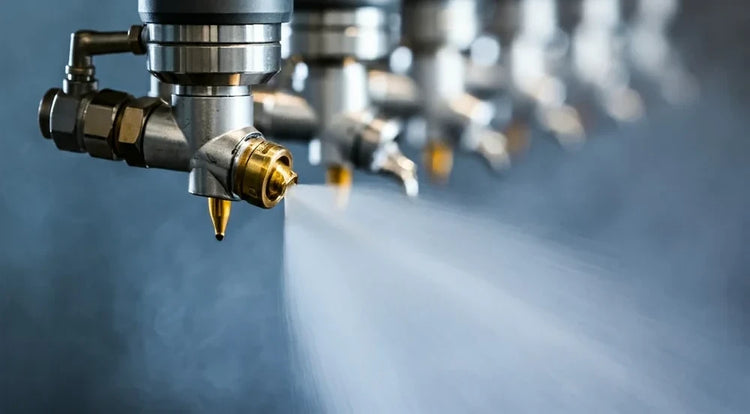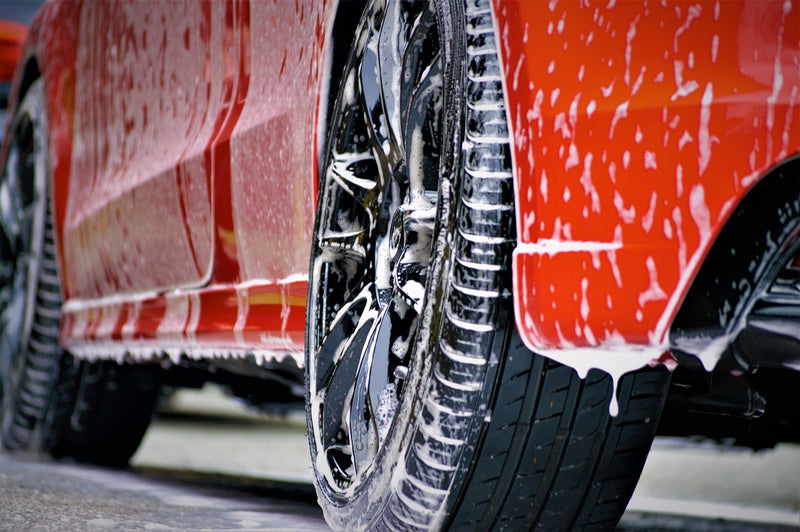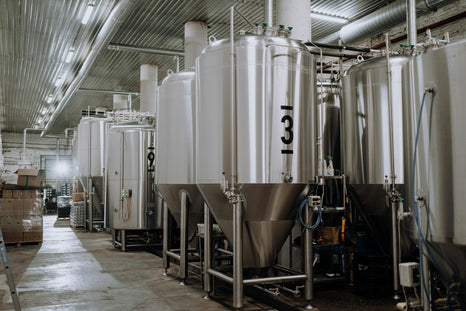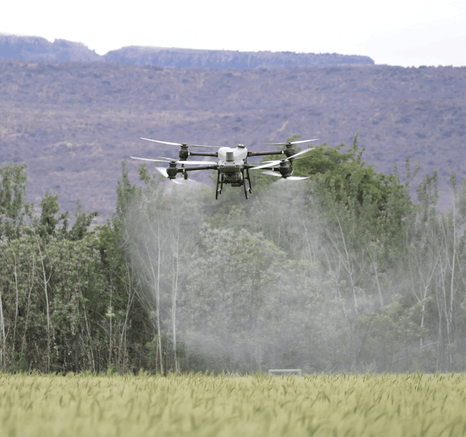Have you ever wondered how much water and chemicals are used – and wasted – each time you get your car washed? Choosing a sustainable car wash isn't just good for the planet, it can save money too. Learn how to make the smart choice. In this post, we delve deep into the water and chemical usage of three common car wash types: conveyor, self-serve, and in-bay automatic. Plus, we'll uncover the financial implications of wasted resources and provide an eye-opening chart to visualize the data.
Car Wash Water Usage Showdown:
Let's start by examining the total amount of water each car wash type uses in a year, along with other key metrics:
Car Wash Water and Chemical Usage Comparison
| Metric | Conveyor Car Wash | Self-Serve Car Wash |
In-Bay Automatic Car Wash
|
| Average Cars per Day | 120 | 120 | 80 |
| Number of Bays | 6 | 6 | 2 |
| Hours of Operation/Day | 12 | 12 | 12 |
| Flow Rate (gpm) | 8 | 4 | 8 |
| Total Liquid Used (gal) | 1,051,200 | 1,425,600 | 700,800 |
| Wasted Water (gal) | 157,680 | 213,840 | 105,120 |
| Wasted Chemical (gal) | 1,134 | 1,426 | 1,051 |
| Flow per Car (gal) | 40 | 40 | 35 |
| Chemical Usage (%) | 0.30% | 0.30% | 0.30% |
| Annual Cost of Waste | $12,157 | $16,931 | $9,916 |
Our analysis reveals some surprising findings:
- Self-serve washes, while using less water overall, actually waste a higher percentage of water compared to their total usage.
- In-bay automatic washes strike a balance between total water usage and waste, but still consume a significant amount of resources.
- Conveyor washes, despite handling a high volume of cars, are surprisingly efficient with their water use per car.
Waste Not, Want Not: Where Do the Chemicals Go?
The amount of wasted chemicals is a concern across all car wash types, even with a standard dilution ratio.
- Self-serve washes waste the most chemicals in total, likely due to customer overuse and lack of controlled application.
- In-bay automatic and conveyor washes have comparable levels of chemical waste, highlighting the need for improved chemical management practices in these settings.
The Cost of Clean: Can You Afford to Waste?
The financial impact of wasted water and chemicals varies across the car wash types. Self-serve car washes incur the highest annual cost of waste, followed by conveyor and then in-bay automatic washes. This highlights the need for all car wash types to prioritize waste reduction to minimize their environmental footprint and operational costs.
The Verdict: Which Car Wash Wins the Green Crown?
Based on our updated analysis, the in-bay automatic car wash emerges as the most eco-friendly option, striking a balance between resource usage and waste. However, all car wash types have significant room for improvement.
Recommendations for a Cleaner, Greener Future:
-
Car Wash Owners:
- Invest in water-saving technologies like water reclamation systems and high-efficiency nozzles.
- Train employees on best practices for water and chemical conservation.
- Provide educational signage for customers on how they can help reduce waste.
-
Car Wash Users:
- Choose eco-conscious car washes that prioritize sustainability.
- Minimize wash time in self-serve bays and avoid excessive rinsing.
- Consider washing your car less frequently or opting for waterless washing methods.
By understanding the environmental impact of different car wash types, we can make informed choices that benefit both our wallets and the planet. Let's work together to drive the car wash industry towards a more sustainable future.












